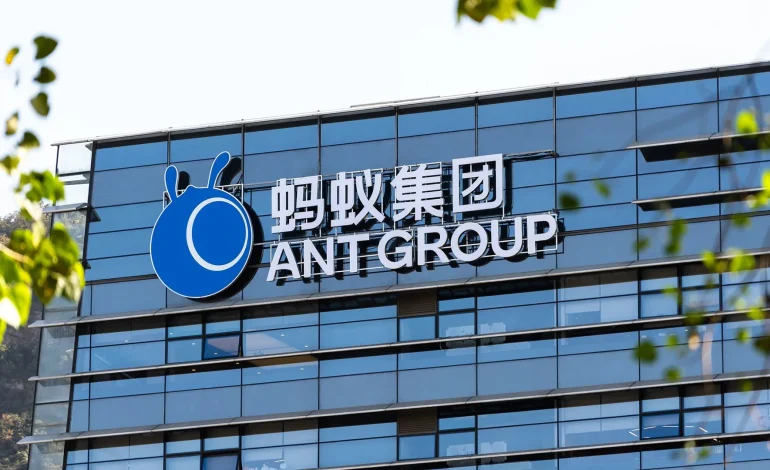
Introduction
China’s artificial intelligence industry has a new rising star in DeepSeek, a chatbot platform that has quickly captured public and enterprise attention. Within just months of launch, DeepSeek has scaled across multiple industries, from customer service to education, becoming one of the fastest growing AI applications in China’s ecosystem. Its success reflects both the strength of domestic demand for generative AI and Beijing’s push to build national champions capable of competing with global leaders.
The rise of DeepSeek
DeepSeek was introduced by a consortium of Chinese AI researchers and backed by local venture capital funds. Designed as a large language model tailored to Chinese language and cultural contexts, the chatbot has gained traction where foreign models have faced regulatory and linguistic challenges. Early adoption came from online retail platforms and call centers, but its use has since spread to fintech, logistics, and healthcare.
Reports indicate that the chatbot has already attracted millions of users, with enterprise subscriptions driving its rapid revenue growth. While most Chinese AI platforms remain in pilot phases, DeepSeek has managed to commercialize quickly, aided by government incentives and partnerships with local tech firms.
Why enterprises are adopting it
Chinese companies are under pressure to automate operations and reduce costs amid slowing economic growth. DeepSeek provides them with tools to handle customer inquiries, automate back office tasks, and even support content generation in marketing campaigns. Unlike Western models, it is optimized for Chinese legal, regulatory, and linguistic requirements, making it a safer choice for domestic firms.
Financial institutions have begun using DeepSeek for fraud detection and compliance support, while logistics companies rely on it for route planning and demand forecasting. Schools and universities are also piloting it as an educational assistant, highlighting its versatility.
Government support and regulation
The growth of DeepSeek aligns with Beijing’s strategy of nurturing AI companies that can strengthen technological self sufficiency. Regulators have rolled out guidelines requiring AI products to comply with national content standards and to register with authorities. DeepSeek has reportedly secured approval under these rules, giving it an advantage over less compliant competitors.
Officials see the chatbot as proof that China can create AI models that compete with or even surpass foreign platforms in adoption and functionality. The government is likely to continue supporting DeepSeek and similar companies with access to cloud infrastructure, subsidies, and favorable policies.
Competition with domestic giants
DeepSeek’s rise puts it in direct competition with platforms such as Baidu’s Ernie Bot, Alibaba’s Qwen, and Tencent’s Hunyuan. Each of these models benefits from deep pockets and integration with large consumer ecosystems. DeepSeek, however, differentiates itself by focusing on adaptability for small and medium enterprises. Its pricing model is seen as more accessible than those of larger incumbents, helping it carve out a distinct market position.
This competitive landscape has created a surge of innovation, with companies racing to add new features such as multimodal capabilities, voice integration, and advanced analytics. For end users, this means a faster pace of product improvement and more choices.
Challenges ahead
Despite its early momentum, DeepSeek faces challenges. Scaling its infrastructure to handle millions of concurrent users requires vast computing power at a time when access to advanced chips remains restricted. Domestic chipmakers are working to fill the gap, but performance still lags behind global leaders. Data security and privacy are also major concerns, as regulators closely monitor how chatbots handle sensitive information.
Moreover, user trust will depend on the chatbot’s ability to provide accurate, unbiased, and safe responses. Early adopters have praised its fluency but noted occasional errors in factual accuracy, an issue that plagues even the most advanced global models.
Implications for China’s AI ecosystem
The success of DeepSeek reflects a broader trend in China’s AI industry. Rather than relying on a handful of tech giants, the ecosystem is now seeing the emergence of specialized startups that can compete effectively in niche markets. This diversification strengthens the resilience of the sector and helps distribute innovation more widely.
If DeepSeek continues its growth trajectory, it could become a model for other AI startups aiming to commercialize quickly while complying with regulatory frameworks. Its rise also suggests that domestic demand is strong enough to sustain multiple players, reducing dependence on foreign technologies.
Global perspective
Internationally, DeepSeek’s expansion may be limited by geopolitical concerns and competition with established Western models. However, it could find opportunities in emerging markets aligned with China’s Belt and Road Initiative. By offering lower cost and culturally adaptable solutions, DeepSeek may appeal to countries seeking alternatives to Western platforms.
Conclusion
DeepSeek’s rapid growth underlines the momentum of China’s AI ecosystem. By delivering a chatbot optimized for local needs, it has won market share from competitors and secured regulatory approval that ensures its long term prospects. While challenges in compute power, accuracy, and international expansion remain, DeepSeek represents the innovative energy of China’s AI sector. Its rise signals that the country is well on its way to building a diverse and competitive artificial intelligence landscape.





